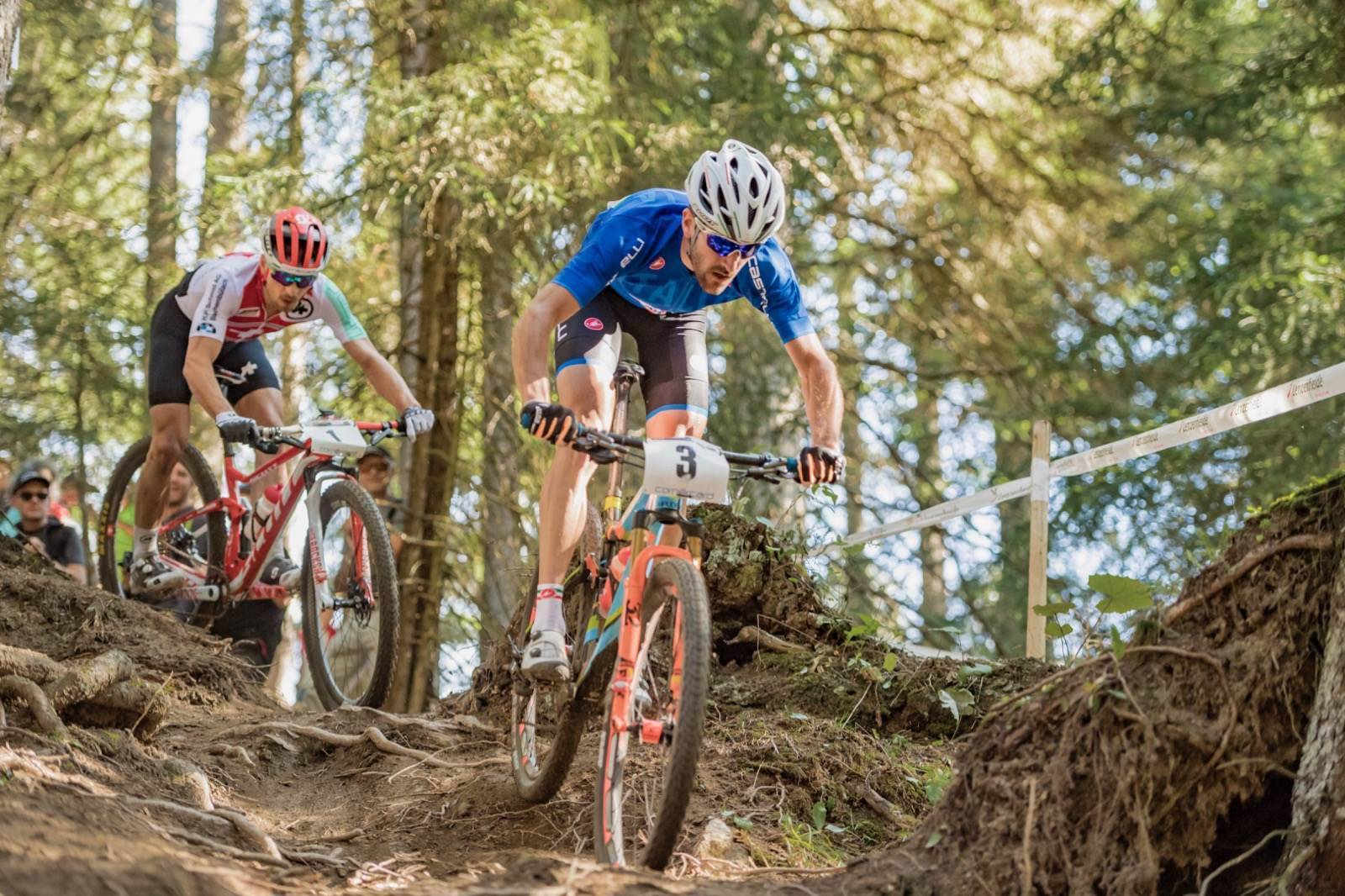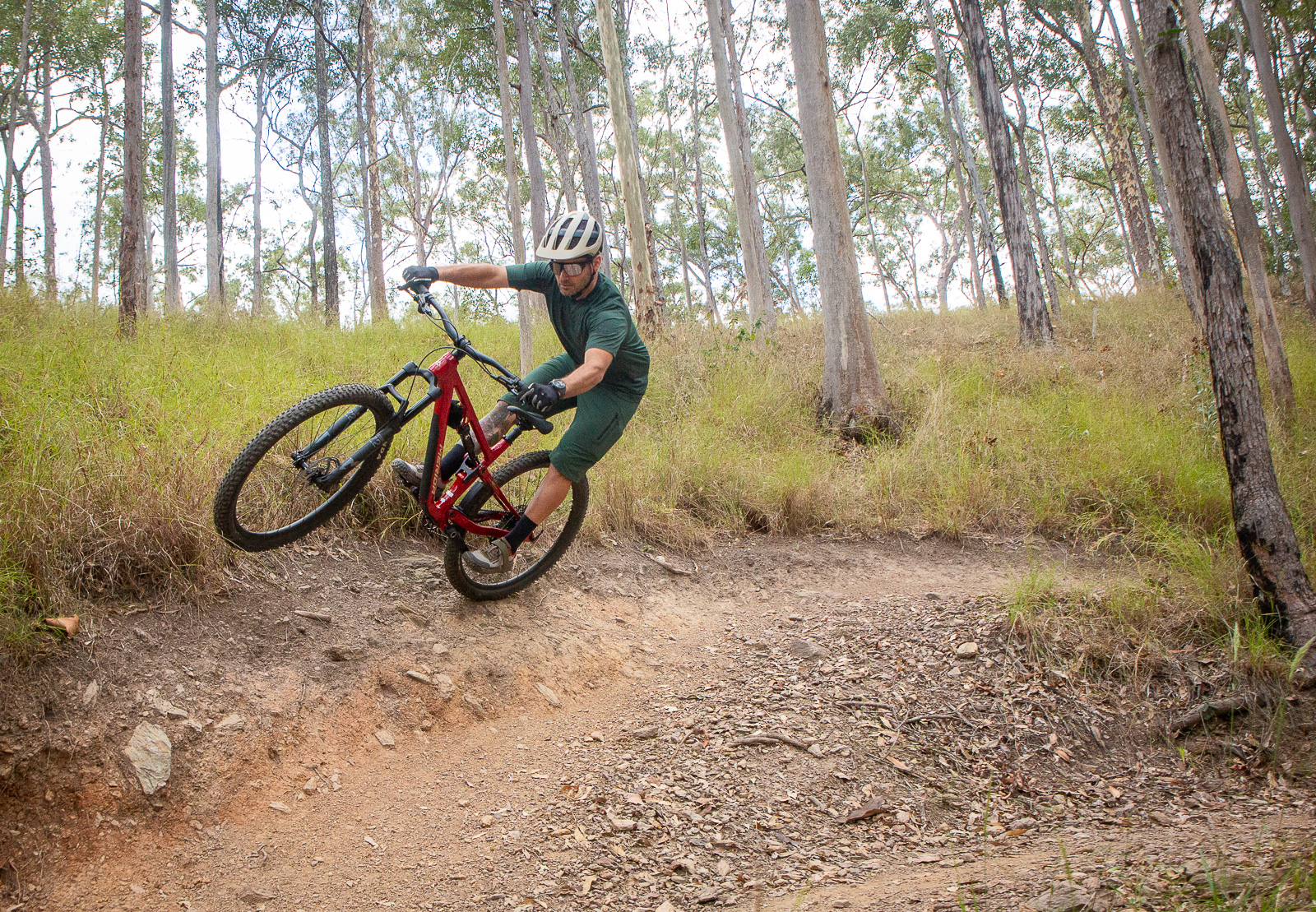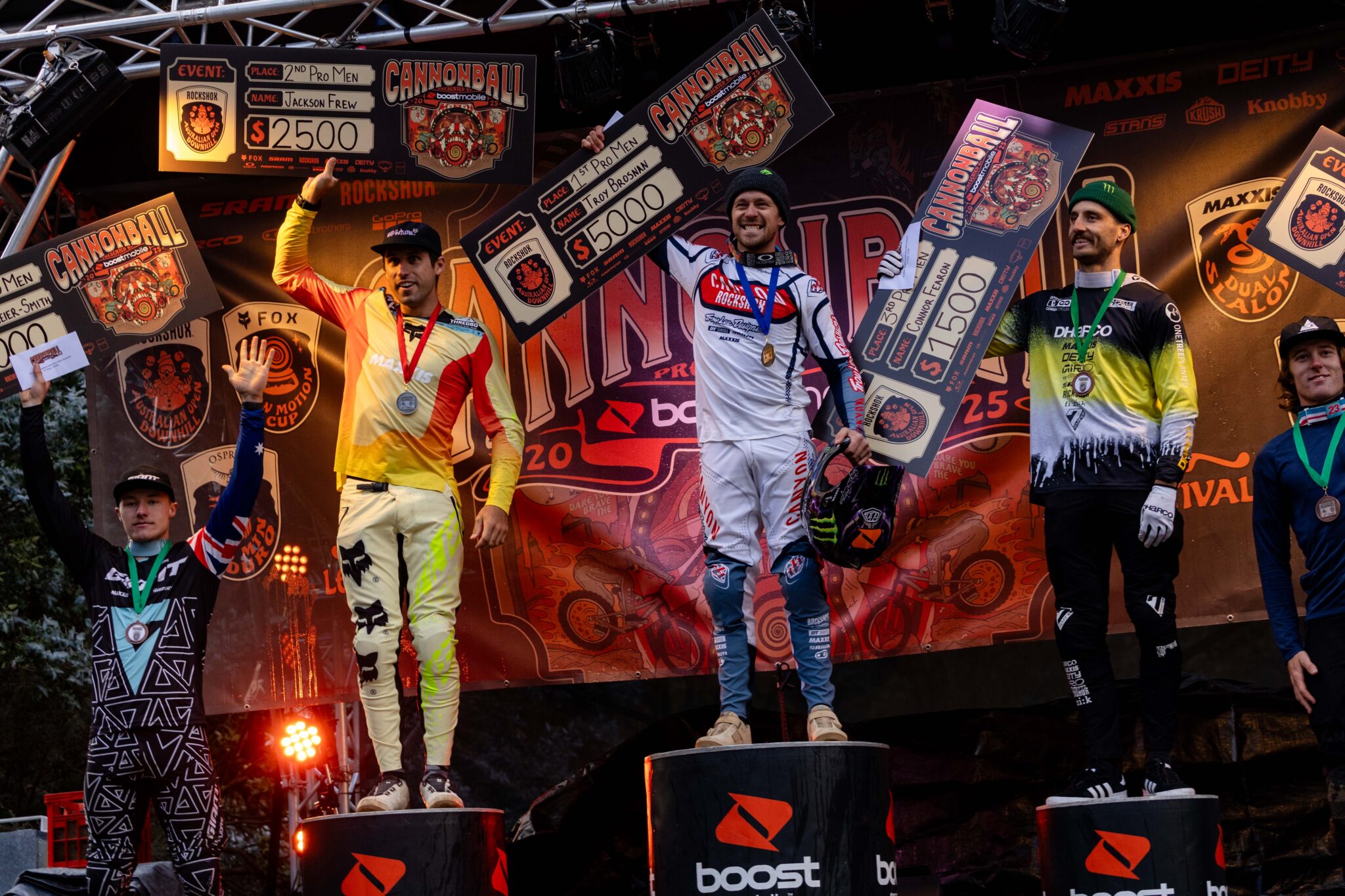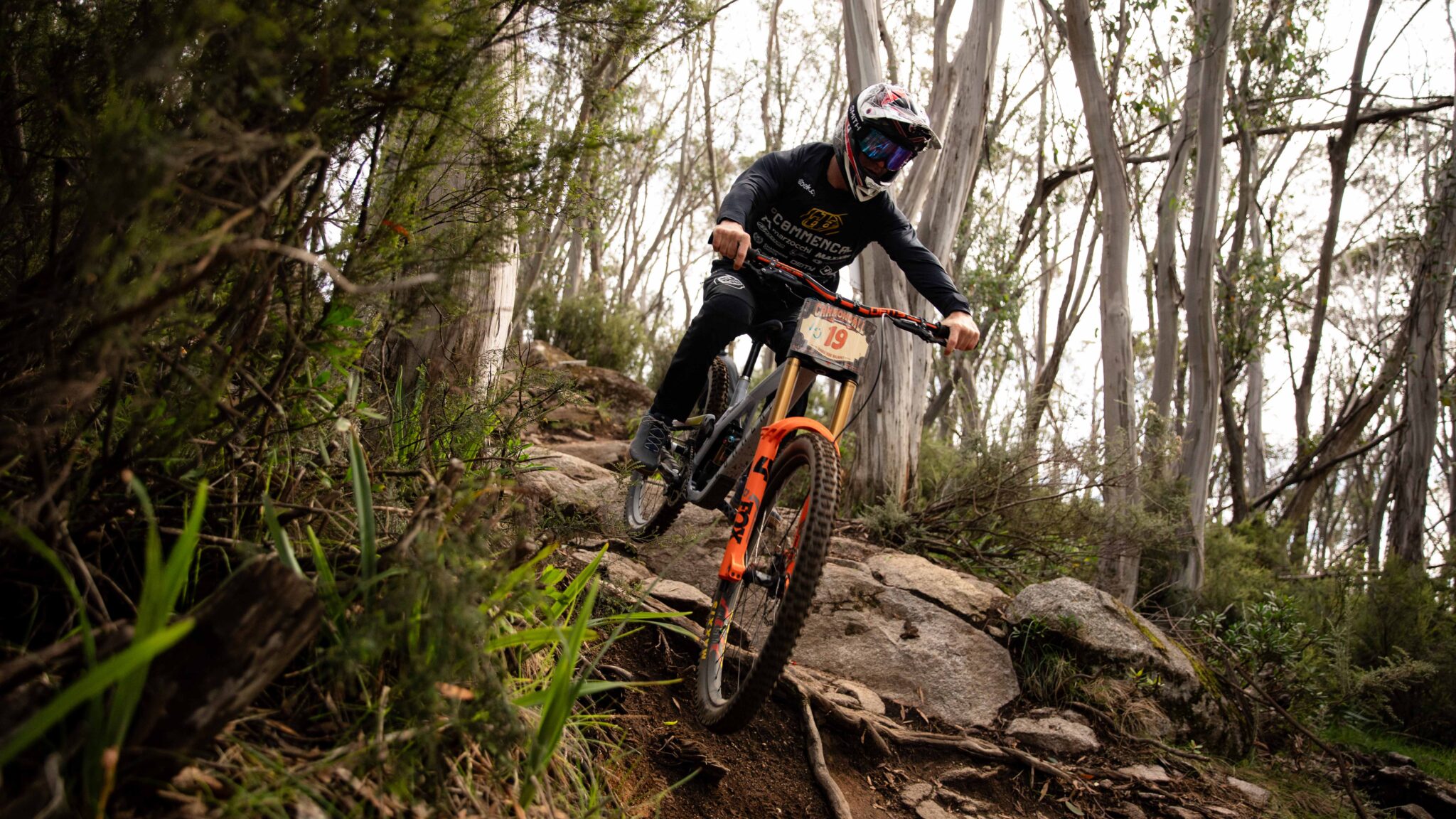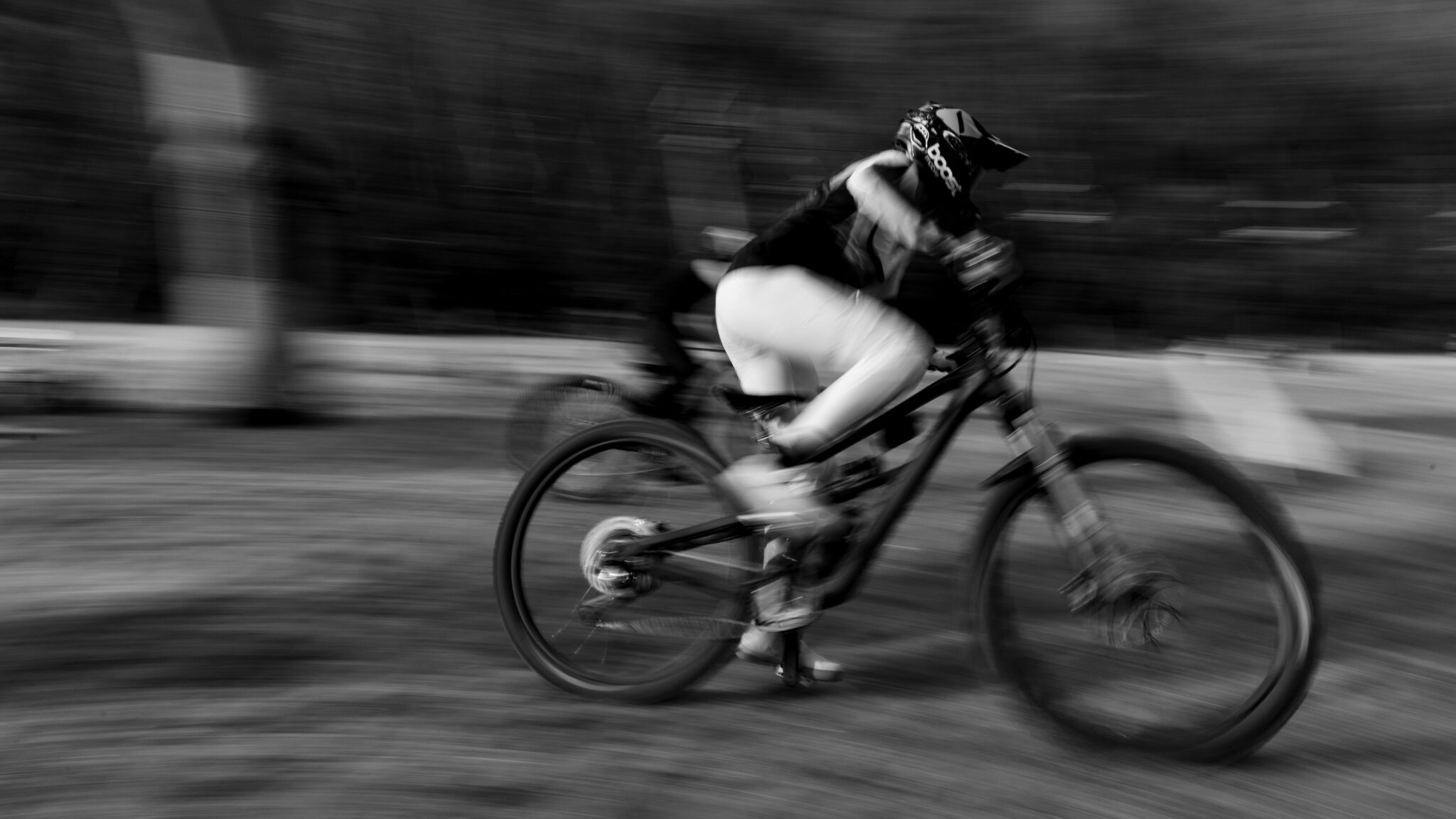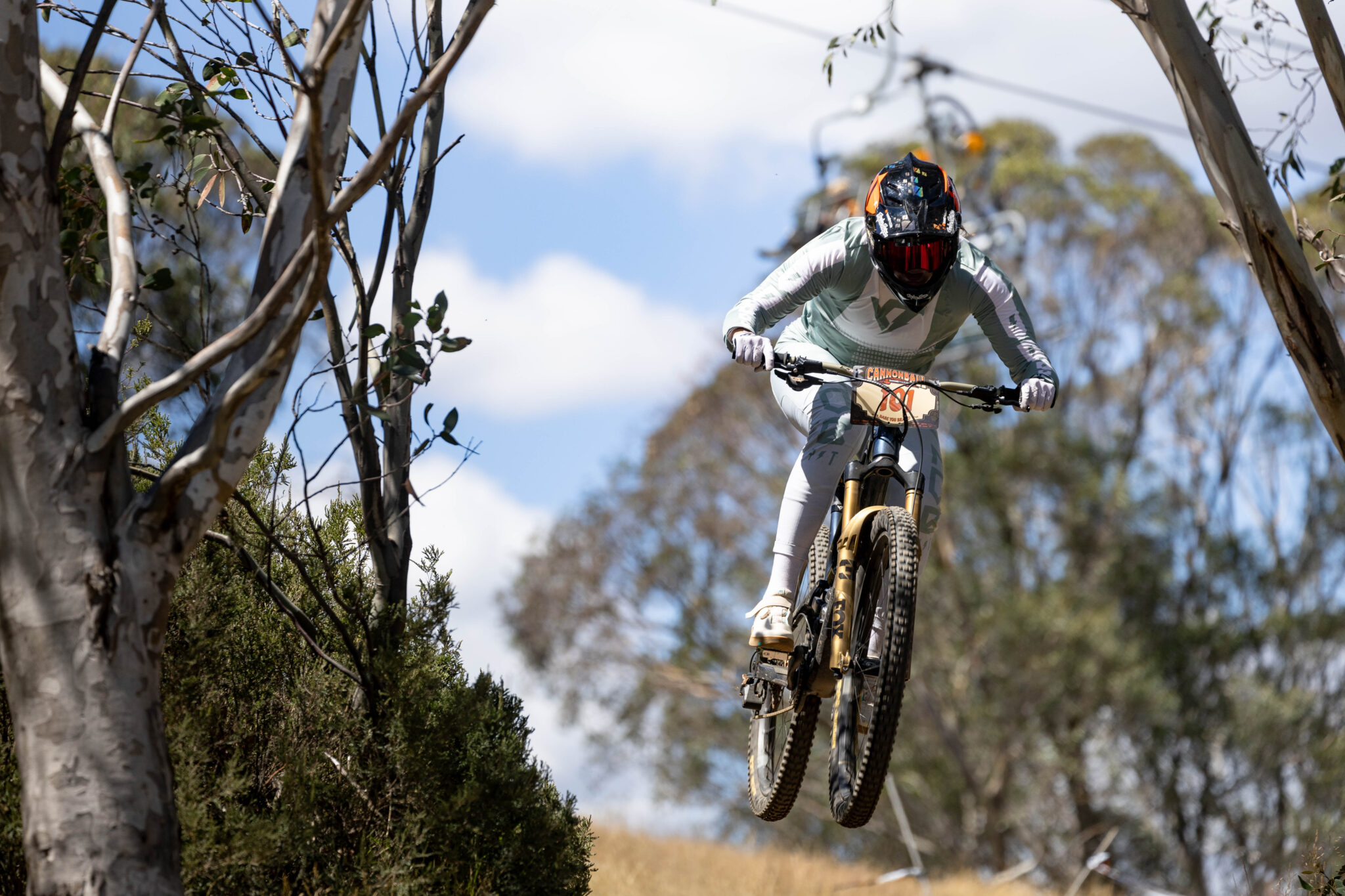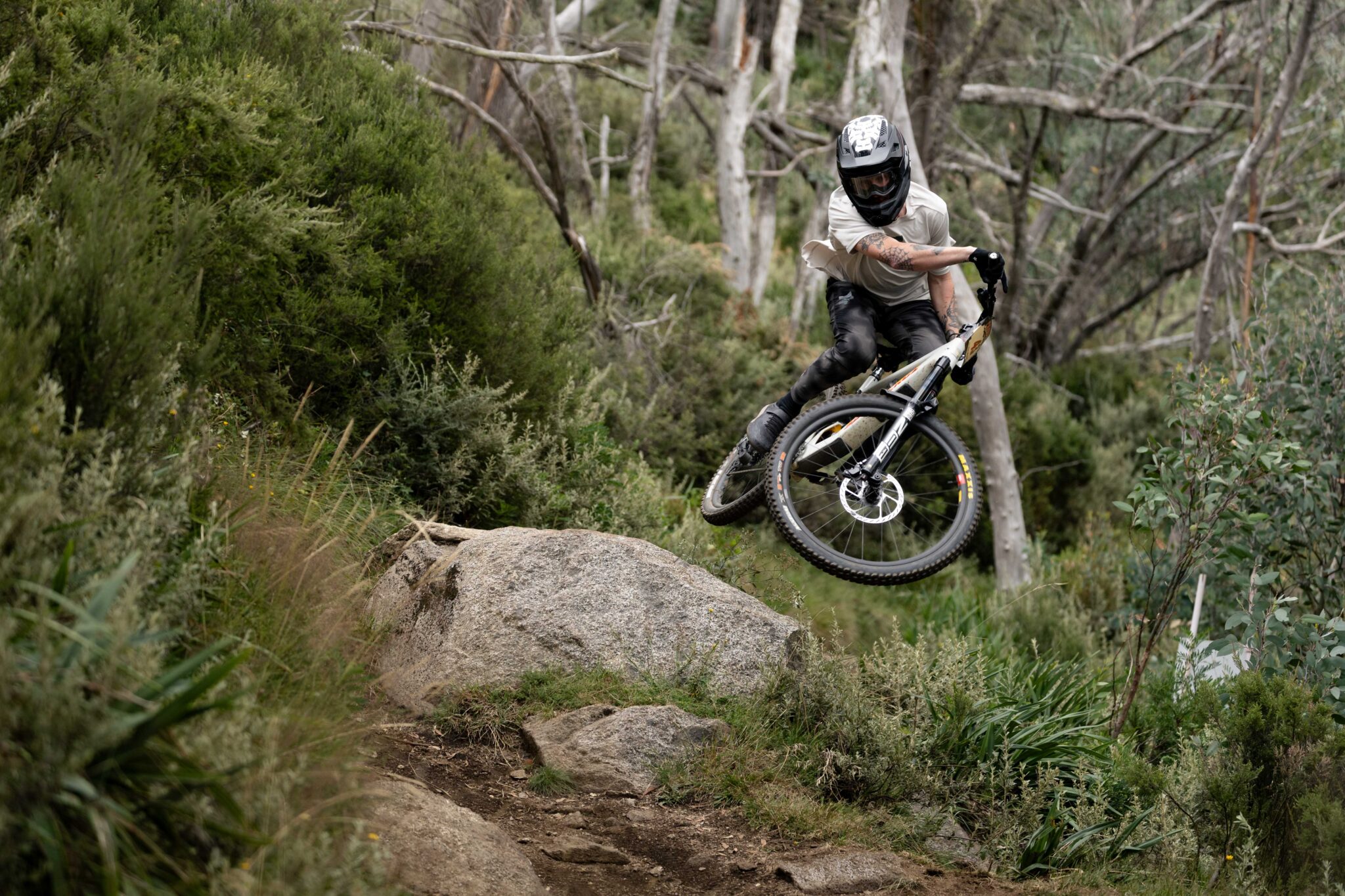FITNESS: Understanding limiters to performance
Are you training for you? Find out the best training and preparation strategies for your body and mind!
Words: Mark Fenner Photos: Phil Gale, Matt Rousu
We all have certain races or routes on an evening social ride where we feel great and seem to be able to excel against our peers. Other times we get smashed by them. It’s a case of sometimes you are the hammer and sometimes the nail. What is it with certain courses or types of terrain that makes us either fly or flop? The answer to this is that we all have different physiologies and therefore limiters to our performance. Understanding what it is that limits us enable us to not only pick races that suit our strengths as target events, but also understand what types of training we can use to improve our performance further.
What are the things that could limit an athlete’s performance? Are we centrally limited and by this, I mean is our heart and lungs etc not developed enough or genetically capable of pumping enough oxygenated blood to the working muscles? Or are we peripherally limited whereby our working muscles cannot extract enough oxygen? Another theory by Dr Tim Noakes from South Africa is that we can also be limited by the governor which is the brain. Although each of these limiters to our performance can be addressed by just training and racing to a degree, understanding exactly what limits us can enable us to target specifics.
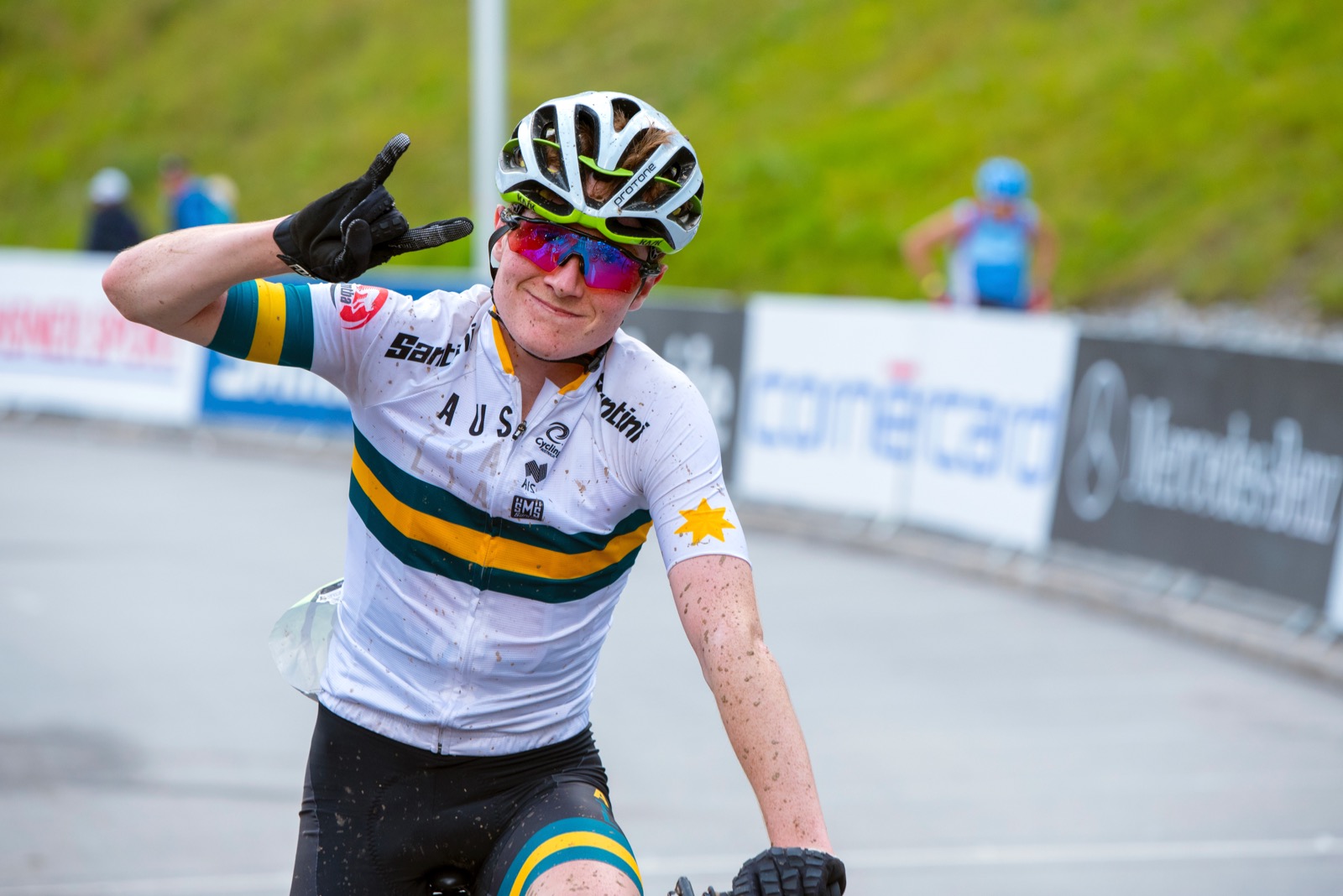
We can also look at the muscle fiber distribution of individual athletes. This can often be as simple as looking at the body shape of an individual. Skinny tall people with an ectomorph body type tend to be more aerobic athletes with a big central engine (VO2 Max) and the capacity to ride hard for long periods, climb big hills well and generally just be strong out on the road or trail. Shorter more muscular athletes tend to be mesomorphic and more centrally limited, but, with great sprint power and the ability to do repeated hard attacks and smash punchy climbs. Athletes with a combination of both attributes can do a little of everything and with specific training can become particularly strong in one of these areas.
So how do these different physiologies and limiters to performance actually influence the types of events we should target if we are looking for our best performances and also influence the types of training we should undertake?
Understanding Ectomorphs
Strengths:
1. The ability to maintain big power for long periods of time at or close to threshold.
2. Strong endurance suited to longer endurance events often with big climbs.
Weaknesses:
1. Lack of ability to change pace.
2. Lack of punch over shorter, steeper climbs.
3. Inability to attack the group and get away solo on the flat or medium duration climbs.
4. Weaker in shorter XC type events.
Target Races:
1. Marathon events 50 – 100km
2. Long stage multi stage races
3. 6/12- and 24-hours solo events
What types of training can be used to address the weaknesses:
1. Anaerobic repeats from 30 seconds to 2 minutes. These should be completed on both the flat and on climbs and attacked hard and fast out of the saddle.
2. Out of the saddle changes of pace on climbs. Instead of just sitting in the saddle grinding out a hard tempo, jump up and attack every 2 or 3 minutes for 20 or 30 seconds and then settle back down into tempo.
3. Sprint training, this can be done solo on the MTB as well as out on the local road bunch sprinting for signs. Try to complete sets of these 5 – 15 second sprints at the beginning, middle and end of rides.
4. Low cadence starting sprints, from a standing start practice the sort of sprint efforts often used at the start of a XC race.
5. Lastly don’t forget to maintain the strengths by including some longer threshold and tempo efforts with some 3 – 5-minute VO2 frothers for good measure.
Understanding Mesomorphs
Strengths:
1. The ability to sprint and produce big high-power efforts.
2. The ability to repeatedly attack.
3. Super strong on short duration steep climbs out of the saddle.
Weaknesses:
1. Ability to maintain a high pace for long periods, often starting climbs strong and then seeming to blow up.
2. Weaker on longer more gradual climbs.
3. Seems to lack endurance in longer events.
Target Races:
1. Shorter stage length stage races.
2. XC and short course races.
4. Team 6/12 and 24 hours events.
What types of training can be used to address the weaknesses:
1. Longer duration aerobic efforts at threshold and tempo. Aim for efforts 8 – 30 minutes in duration with steady state intensity. Increase duration and the number of repeats. These can be incorporated into endurance rides where they should be targeted early and late in the ride.
2. Long endurance freestyle type rides of 2 – 6 hours. Build the duration up gradually and complete with mates always maintaining a steady pace with time on the pedals. Vary the terrain, but, hold back on the climbs. Aim to stay strong throughout the ride and not strong at the start and creeping at the end.
3. Longer VO2 type efforts of 4 – 5 minutes.
4. Again, like the endurance monster don’t forget the strengths and maintain some sprint and anaerobic efforts in your rides.
Mental strategies
Now if we consider the Governor how do we train the brain? After years of racing and coaching athletes I think the answer to this is to continually push ourselves harder and harder challenging what we feel we can achieve. The brain will always try to pull us back when we are hurting ourselves out on the bike. It receives feedback through the neural system when we are producing high levels of lactate or our core temperature is getting high. All these signals reporting back to the Governor can make it want to shut things down and stop what we are doing. The reality of this often is that we are nowhere near reaching our limits and by pushing a little harder each time we reset what the Governor thinks is our limit. A great example of this is the Tour de France riders. Listen to anyone who has raced the TDF and they will say that they were simply stronger after their first Tour. By completing the race, they completely reset the Governor as they had pushed their bodies harder than they ever thought possible. Saying all this we should never neglect the bodies signals, but, consider if what we are doing is really at the limits of what we are capable of.

Some of this may seem quite basic, but in my experience, we tend to neglect the things we are not so good at in favour of what we find easy and comfortable. Understand your limiters and then address them in training to become fitter, faster and stronger than you ever thought possible. Get out there and be awesome on the bike frothing all the way.

